Back in the 70s, I lived in New Zealand, (known locally as God’s own country, or ‘Godzone’ for short). A recent trip home has made me realise how much it has changed.
With the accession of Queen Jacinda, and New Zealand’s imminent renaming to Aotearoa, the country is taking over the Woke mantle from the perennial favourite, California.
Australia is soon to follow, and our future looks grim…
Arriving at Auckland airport, we were greeted by the usual signs but they are now reduplicated in the Māori language. The Labour government (the Kiwis can at least spell it correctly, even if they mangle their vowels) has followed the full reverse-racist agenda.
At the last census, those identifying as Māori had increased by a staggering 2.4 per cent to 17 per cent of the population, as identified at census-taking between 2013-21. Previous census figures had already shown a 40 per cent increase between 1991-2013. The reason for this increase is open to conjecture, but the 2018 census showed only around a fifth of those (around 4 per cent of the total population) could speak the Māori language well enough to understand the signs. Notwithstanding, a plethora of those signs have now appeared.
In Australia, there has been a similar increase in those identifying as Indigenous. 2.8 per cent identified in the 2016 census and 3.2 per cent in 2021, which is an impressive 13 per cent proportionate increase. Academics believe this indicates that more people are willing to admit their ancestry, others may argue that the advantages in terms of welfare, housing, education, grants, sport etc, might be the reason.
In both countries, unlike in America for native Americans, there is no required genetic testing to confirm ancestry. It is instead a system of self-identification.
New Zealand has many tribes, but they all speak the same language. In Australia, the use of local language is problematic with an estimated 250 different versions that very few people speak, let alone write. This makes it unlikely that Australia will find itself in a dual-sign future like New Zealand, however, the renaming of places is becoming popular for local governments.
Renaming is progressing at speed in New Zealand, with those towns and landmarks named after so-called old white males replaced with unpronounceable alternatives. For example: Mount Egmont, named by Captain Cook, is now Taranaki and in Australia we have seen iconic landmarks renamed such as Ayers Rock (Uluru) and The Olgas (Kata Tjuta).
What does this achieve – apart from making travel directions more complicated? Is it inching us closer to reconciliation?
The question of land ownership also continues to vex. In New Zealand, following their loss in the Māori wars and the creation of the Waitangi Treaty, land was sold by tribal chiefs to the Crown and European settlers. Since that time, numerous claims for land, water, sea, and forest, have been made with compensation payments of, so far, around $2.24 billion. Currently, the Māori independently own about 5.6 per cent of the land. The New Zealand Greens Party, in coalition with Labour, is advocating a review of the Treaty and, as land values have risen, there are demands for extra compensation.
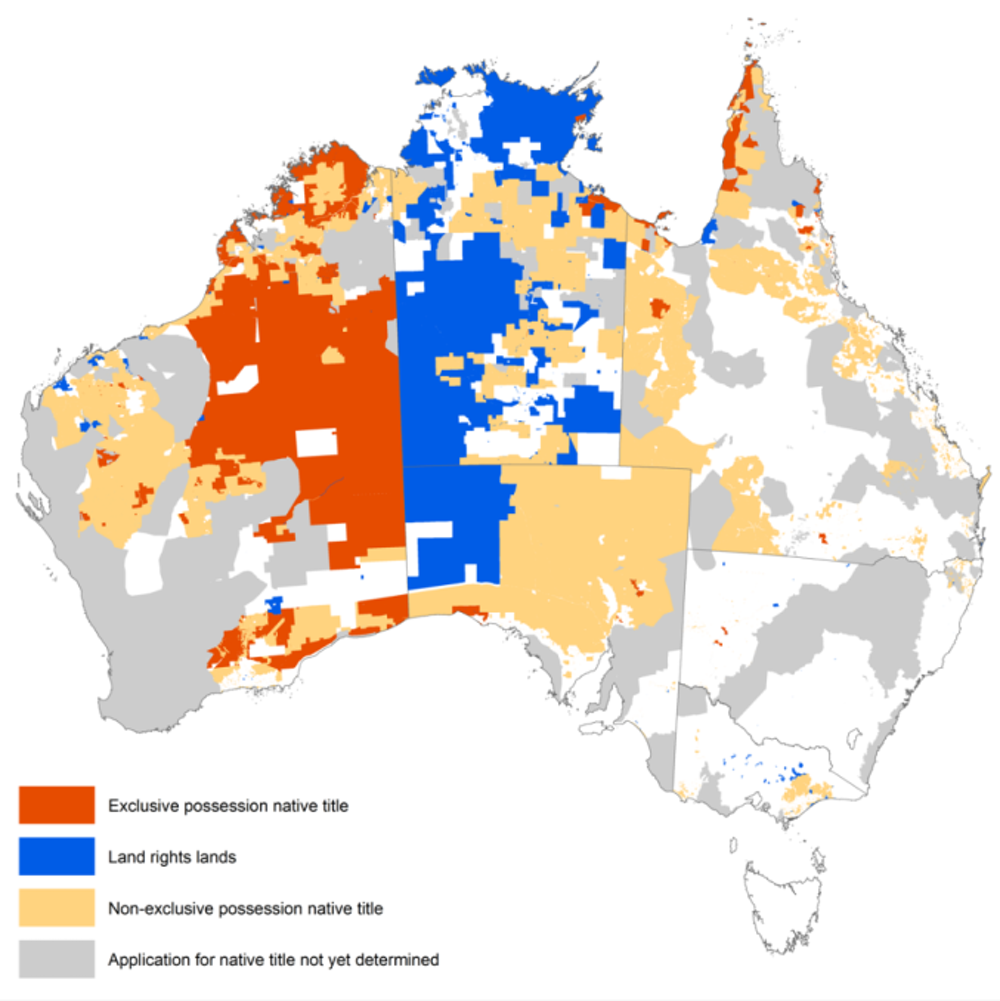
Back in Australia, there was no war and, so far, no treaty (although Victoria has just initiated a state process). Land reclamation became a legal issue following the Wik legal case in the 1990s and restitution of traditional ownership has resulted in large areas of the country being returned, as in the map above.
The latest addition, two large areas in Cape York, were returned recently; their names have been changed from Jardine River and Denham to Apudthama and Yammarinh National Parks.
Political representation through the prism of race is currently a hot topic, with years of discussion revolving around a Voice, a separate Aboriginal advisory body, and a referendum. Again, New Zealand has led the way, with an allocation of 7 seats out of 120 members of Parliament to a Māori-only electorate. Currently there are around 25 members of Parliament who claim ancestry, a greater proportion than in the general population.
Australia has 12 members who claim Indigenous heritage, at 4.8 per cent this is also greater than the proportion in the general population. The campaign for the Voice gives an impression of race-based inequality.
Meanwhile, the rewriting of history is taking place at speed in both countries. The New Zealand statue of Captain Hamilton, after whom the city is (for the moment) named, was removed in 2020. Captain Cook, another military man who was not associated with racism, was recently removed from his plinth in Cairns. More ‘old white men’ are now anticipated to be cancelled in Tasmania, starting with former Premier Crowther.
Race and name tags are not the only problems facing New Zealand.
Prime Minister Ardern has upgraded the climate crisis to an existential emergency.
However, her nation is blessed with an abundance of geothermal and hydro-electric power along with some significant wind options, making up around 80 per cent of its needs. This should leave New Zealand with plenty of power, but as in Australia, there is a reluctance to build new dams for hydro, with concerns about the environment and damage to traditional sites. As a consequence, their last major project was in 1993, despite a steady increase in population from 3 million in the 70s, to around 5 million today. Even access to offshore gas and oil in New Zealand is in decline because of restricted exploration. Even though they are blessed with 3,000 years of supply, poor-quality coal is being imported from Indonesia.
Unlike in Australia, there has been no legislation banning nuclear power, only nuclear-powered vessels. Maybe the Kiwis will be able to resolve their self-inflicted injuries by following the European Union and declaring nuclear a renewable energy source – even the Greens party of Finland has made this pragmatic decision.
The recent COP 26 meeting, having failed to eliminate fossil fuels, concentrated on methane-animal emissions. The latest New Zealand plan is to tax 10 million cattle and 30 million sheep for their dangerous methane output, to achieve the mystical Net Zero by 2050; this will do major damage to its farming economy.
Thanks to technology, high-resolution satellites can detect methane emissions from Space! Perhaps more significant output will come from its active volcanoes, can they be taxed as well?
The big problem is that 1.6 billion people in the developed world are ruining their economies with a reduction of manufacturing and jobs losses, while the 8 billion in the developing world, (according to the World Trade Organisation, this still includes China), are increasing their manufacturing and CO2 output. As a result, CO2 emissions continue to rise, with an increase of 6 per cent in 2021.
Like the recent form of the All Blacks rugby team, Jacinda has run out of steam and the country is in decline. The current net outflow of residents suggests that is the case; we may be back to the 1970s when the catchphrase was, ‘Could the last one out please turn the lights off?’ – that assumes that the lights are still working!
When I arrived back in Australia, Qantas had kindly arranged a ‘welcome to country’ announcement from the ‘traditional owners’. I imagine workplace health and safety will prohibit smoking ceremonies on the plane, but perhaps not? With increasing awareness, I note that ‘welcome to country’ signs are now appearing before reality TV shows, and in supermarkets.
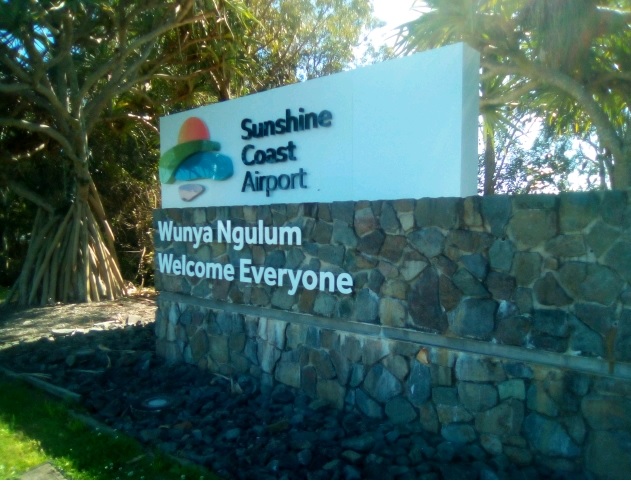
Our local airport has a new sign, welcoming visitors in Kabi-Kabi language, a language extinct apart from a handful of residents of Fraser Island (now renamed K’gari). What does this virtue signalling achieve?
New Zealand has seen the result of 5 years of Labour government, with Labor now in charge here, we are now following in their footsteps – but where is the path leading?
Got something to add? Join the discussion and comment below.
Get 10 issues for just $10
Subscribe to The Spectator Australia today for the next 10 magazine issues, plus full online access, for just $10.

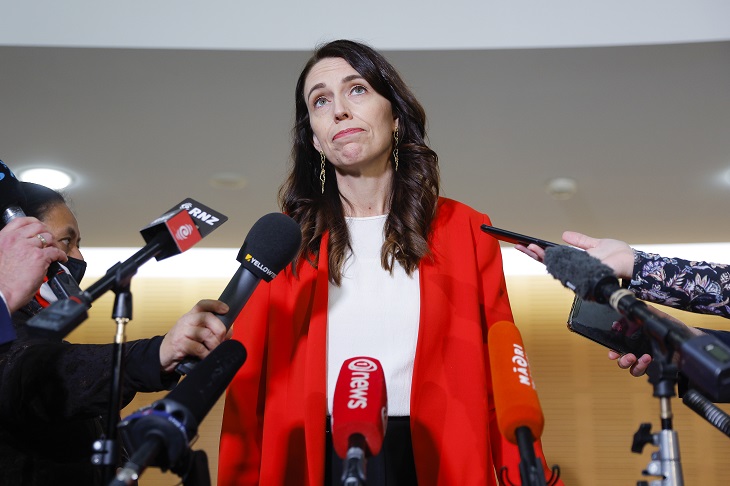
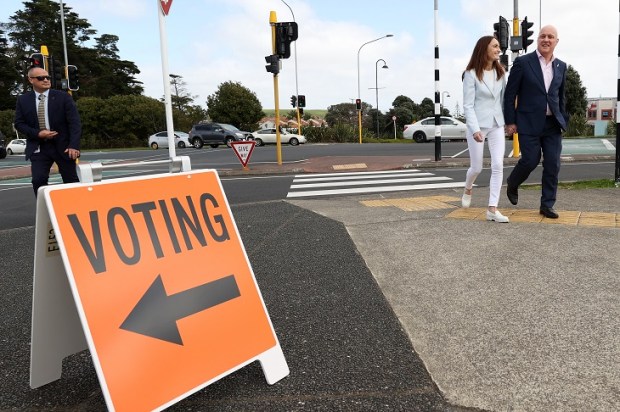
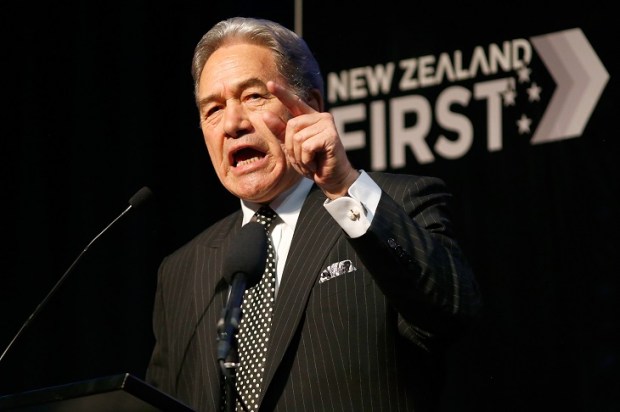
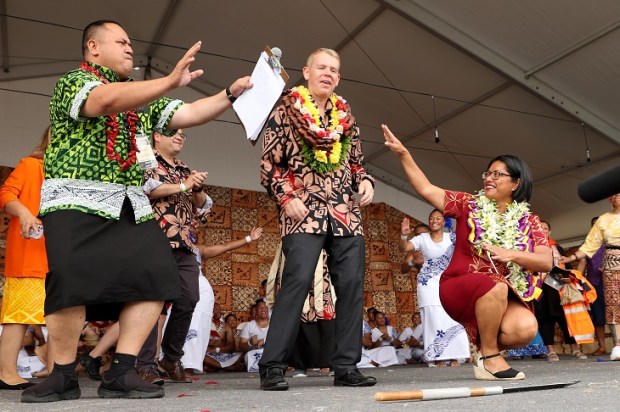
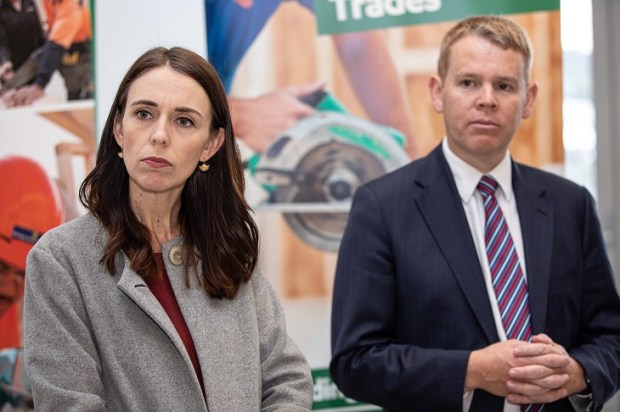
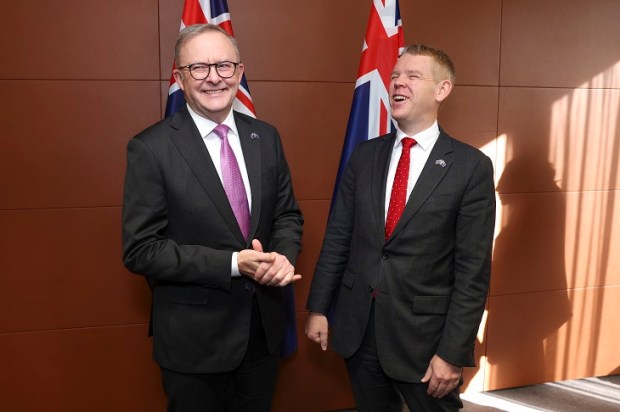











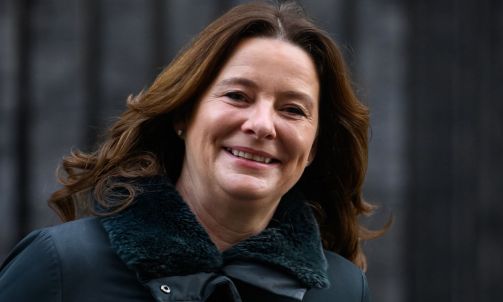






Comments
Don't miss out
Join the conversation with other Spectator Australia readers. Subscribe to leave a comment.
SUBSCRIBEAlready a subscriber? Log in